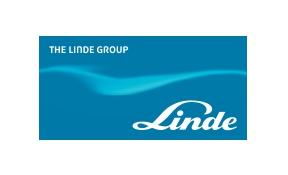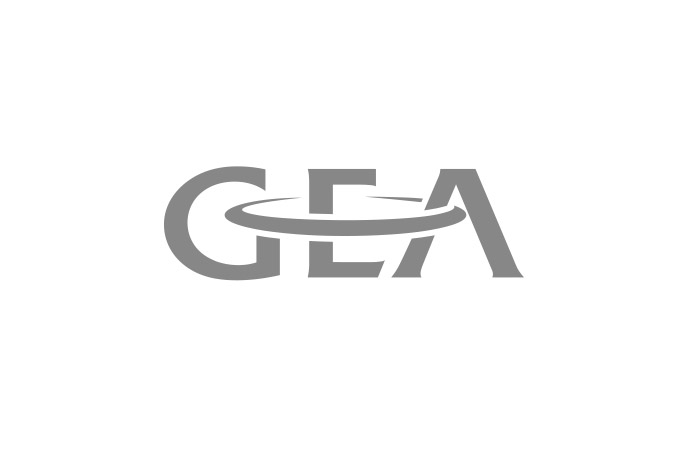[2010-10-08]Highlighting current trends toward eco-efficiency, U.S. Energy Secretary Steven Chu announced new proposed energy efficiency standards for residential refrigerators, refrigerator-freezers, and freezers.The proposed rulemaking committee also explored the use of hydrocarbon and other natural refrigerants in the efficiency standards discussion, though eliminated hydrocarbons as a design option for most product classes. Update: The DoE adopted the st

With the proposed standards, the energy use of most refrigerator-freezers will decrease by 20% to 25% by 2014 compared to today’s appliances.
Consideration of hydrocarbon refrigerants
The American Council for an Energy Efficient Economy (ACEEE), Appliance Standards Awareness Project (ASAP), Earthjustice, and the Natural Resources Defense Council (NRDC) all stated that the Department of Energy (DOE) must consider hydrocarbon refrigerants as a design option because hydrocarbons are in widespread use overseas.
This was in response to the DOE’s decision to eliminate alternative refrigerants as a design option for most product classes. Reasons given for the decision included: potentially lower thermodynamic efficiencies, lack of current approval for use, or, in the case of hydrocarbons, current UL safety requirements allowing use in only limited quantities.
Earthjustice and NRDC both claimed that the DOE has not provided evidence to support the exclusion of isobutane as an alternative refrigerant, which the DOE considered as a design option only for compact refrigerators.
Although the DoE has acknowledged that isobutane refrigerants may soon become available, it has not considered hydrocarbons as a possible alternative in the final rule on Energy Standards for Residential Refrigerators and Freezers, due to consumer concerns as well as insufficient information with regards to the energy savings characteristics.
Current allowable use of hydrocarbons
The Association of Home Appliance Manufacturers (AHAM) commented that the relevant safety standard—Underwriters Laboratories (UL) Standard 250—currently limits the quantity of hydrocarbon refrigerants permitted in refrigeration products to 50 grams, suggesting that the quantity is insufficient for most typical refrigeration products. It was noted that UL had recently reopened the rulemaking process for UL 250 under a proposal calling for a higher hydrocarbon limit.
The UL proposal for modification of UL 250 calls for a transition from an allowance of 50 g refrigerant being permitted to escape from a refrigeration product in case of a leak to a higher limit of 60 g total charge. UL’s next step would be to convene a Standards Technical Panel meeting, which would likely be held no earlier than autumn 2010.
Additionally, the Environmental Protection Agency (EPA) recently published a proposed rule addressing hydrocarbon refrigerants, which includes a proposal to include isobutane on the EPA’s Significant New Alternatives Policy (SNAP) program list of allowed alternative refrigerants. The EPA proposal calls for a total charge limit of 57 g of isobutane.
General Electric (GE) stated that although the UL restriction may make it difficult to use isobutane, it does not make it impossible, and that UL may consider increasing the limit.
Sub Zero agreed with GE’s comment but pointed out that there can be a capital expenditure associated with adopting isobutane refrigerant or hydrocarbon blowing agents. However, Sub Zero made no reference to potential longer-term savings or environmental benefits regarding hydrocarbons or isobutane.
The US Department of Energy has refused to make any speculations about the limits of isobutane refrigerant until the EPA rule and the revision of the UL 250 standard are final.
Concerns with HFCs
Many stakeholders noted the trend away from HFC use both worldwide and in the United States, commenting that the DOE’s analysis should more thoroughly consider this trend in order to avoid becoming immediately outdated, and that the DOE should develop cost-efficiency analyses that account for a mandated phase-down of HFC substances.
Discussions among several large manufacturers have identified some resistance to an industry-wide voluntary acceptance of natural refrigerants.
Embraco is a business unit of Whirlpool S/A, a majority- owned subsidiary of the Whirlpool Corporation.
Isobutane as a Proposed Design Option
The DOE calculated the potential range of isobutane charge levels that could replace the HFC-134a refrigerant in the products purchased for reverse engineering as such:
Consideration of hydrocarbon refrigerants
The American Council for an Energy Efficient Economy (ACEEE), Appliance Standards Awareness Project (ASAP), Earthjustice, and the Natural Resources Defense Council (NRDC) all stated that the Department of Energy (DOE) must consider hydrocarbon refrigerants as a design option because hydrocarbons are in widespread use overseas.
This was in response to the DOE’s decision to eliminate alternative refrigerants as a design option for most product classes. Reasons given for the decision included: potentially lower thermodynamic efficiencies, lack of current approval for use, or, in the case of hydrocarbons, current UL safety requirements allowing use in only limited quantities.
Earthjustice and NRDC both claimed that the DOE has not provided evidence to support the exclusion of isobutane as an alternative refrigerant, which the DOE considered as a design option only for compact refrigerators.
Although the DoE has acknowledged that isobutane refrigerants may soon become available, it has not considered hydrocarbons as a possible alternative in the final rule on Energy Standards for Residential Refrigerators and Freezers, due to consumer concerns as well as insufficient information with regards to the energy savings characteristics.
Current allowable use of hydrocarbons
The Association of Home Appliance Manufacturers (AHAM) commented that the relevant safety standard—Underwriters Laboratories (UL) Standard 250—currently limits the quantity of hydrocarbon refrigerants permitted in refrigeration products to 50 grams, suggesting that the quantity is insufficient for most typical refrigeration products. It was noted that UL had recently reopened the rulemaking process for UL 250 under a proposal calling for a higher hydrocarbon limit.
The UL proposal for modification of UL 250 calls for a transition from an allowance of 50 g refrigerant being permitted to escape from a refrigeration product in case of a leak to a higher limit of 60 g total charge. UL’s next step would be to convene a Standards Technical Panel meeting, which would likely be held no earlier than autumn 2010.
Additionally, the Environmental Protection Agency (EPA) recently published a proposed rule addressing hydrocarbon refrigerants, which includes a proposal to include isobutane on the EPA’s Significant New Alternatives Policy (SNAP) program list of allowed alternative refrigerants. The EPA proposal calls for a total charge limit of 57 g of isobutane.
General Electric (GE) stated that although the UL restriction may make it difficult to use isobutane, it does not make it impossible, and that UL may consider increasing the limit.
Sub Zero agreed with GE’s comment but pointed out that there can be a capital expenditure associated with adopting isobutane refrigerant or hydrocarbon blowing agents. However, Sub Zero made no reference to potential longer-term savings or environmental benefits regarding hydrocarbons or isobutane.
The US Department of Energy has refused to make any speculations about the limits of isobutane refrigerant until the EPA rule and the revision of the UL 250 standard are final.
Concerns with HFCs
Many stakeholders noted the trend away from HFC use both worldwide and in the United States, commenting that the DOE’s analysis should more thoroughly consider this trend in order to avoid becoming immediately outdated, and that the DOE should develop cost-efficiency analyses that account for a mandated phase-down of HFC substances.
- AHAM commented that upcoming regulations and legislation on the phase-down of HFCs could have a substantial impact on efficiency in refrigeration products
- AHAM and Whirlpool argued that analysis that does not account for an HFC phase-down would likely result in unattainable energy consumption standards
Discussions among several large manufacturers have identified some resistance to an industry-wide voluntary acceptance of natural refrigerants.
- GE advocated for a transition to low-GWP foams and refrigerants
- Whirlpool and Sub Zero both stated that they believe a phase-down of HFCs would have a net negative impact on energy efficiency and manufacturing cost
- Whirlpool stated that it would not switch to non-GWP substances unless required by legislation.
Embraco is a business unit of Whirlpool S/A, a majority- owned subsidiary of the Whirlpool Corporation.
Isobutane as a Proposed Design Option
The DOE calculated the potential range of isobutane charge levels that could replace the HFC-134a refrigerant in the products purchased for reverse engineering as such:
- The actual charge of each product was converted to an equivalent isobutane charge (measured in grams), by adjusting for the lower density of isobutane
- The equivalent isobutane charge levels for these products were in excess of both the EPA-proposed limit and the charge limit in the UL 250 standard, except for compact refrigerators
- The DOE proposed that engineering changes (ex. adding a second refrigerant loop) would be needed for a standard-size refrigerator-freezer to meet those charge levels
- The DOE maintained that it wishes to avoid promulgating standards that would reduce the utility of a product, believing that isobutene engineering changes needed for meeting existing charge levels would do exactly that.
MORE INFORMATION
Related stories













